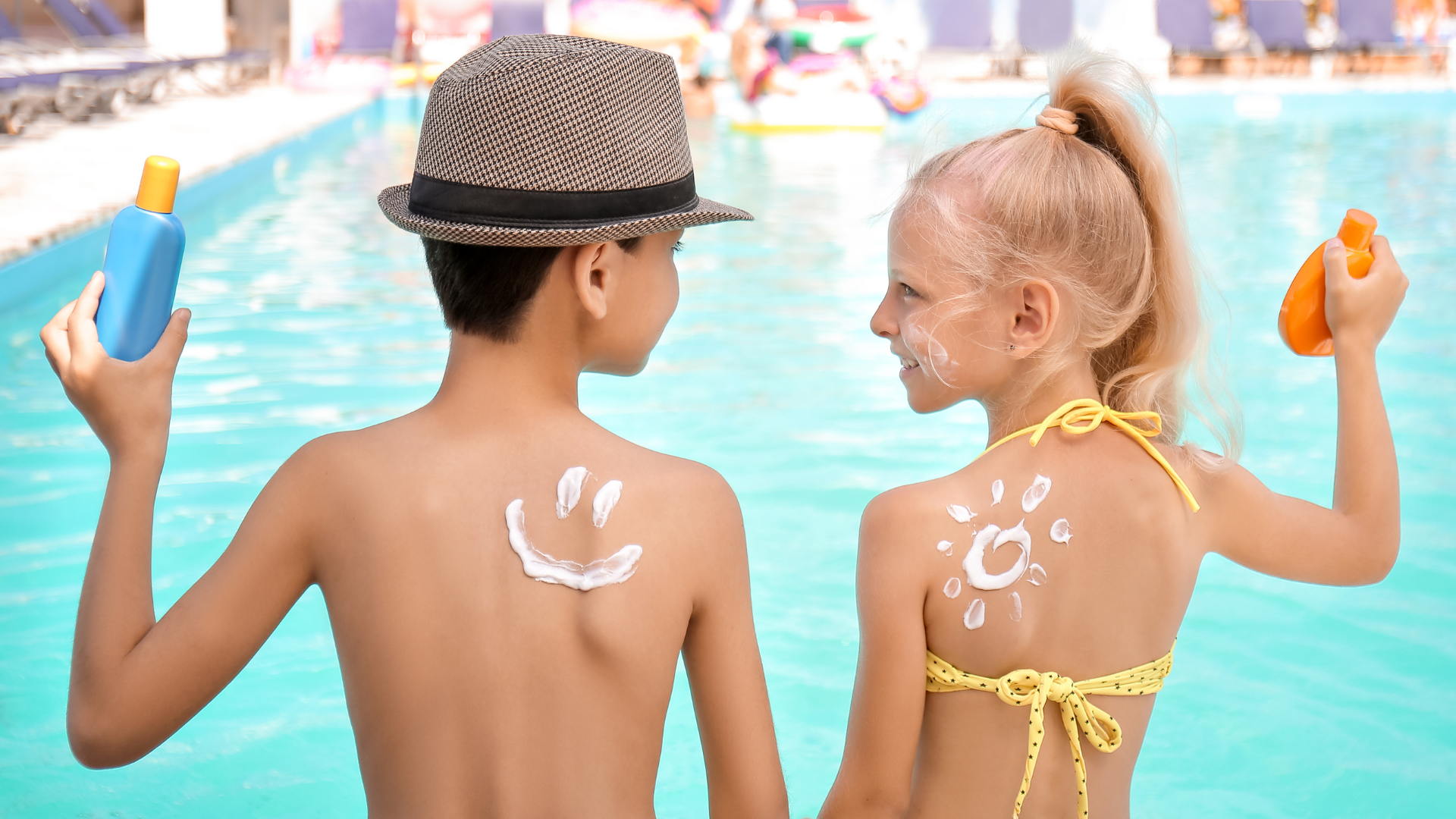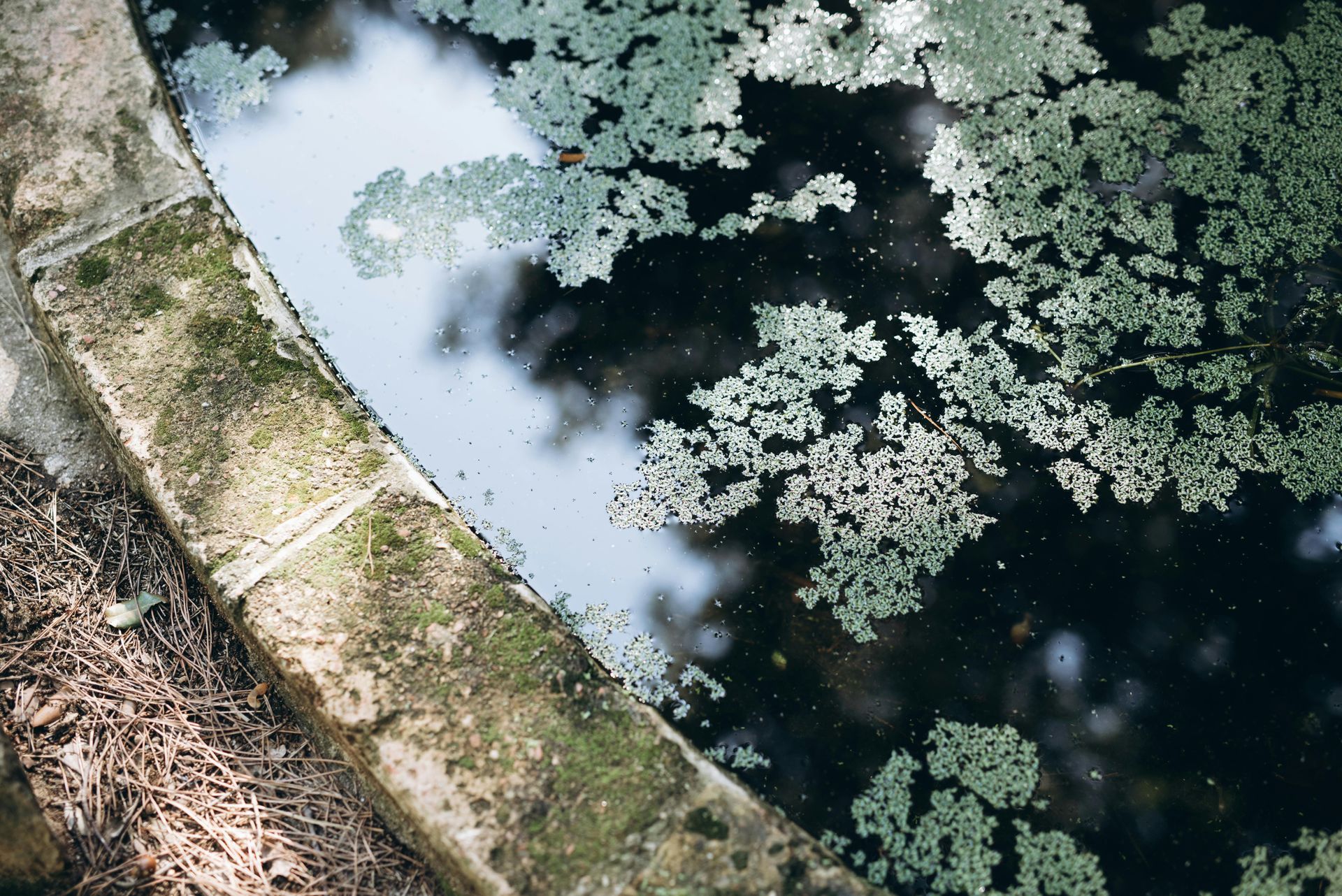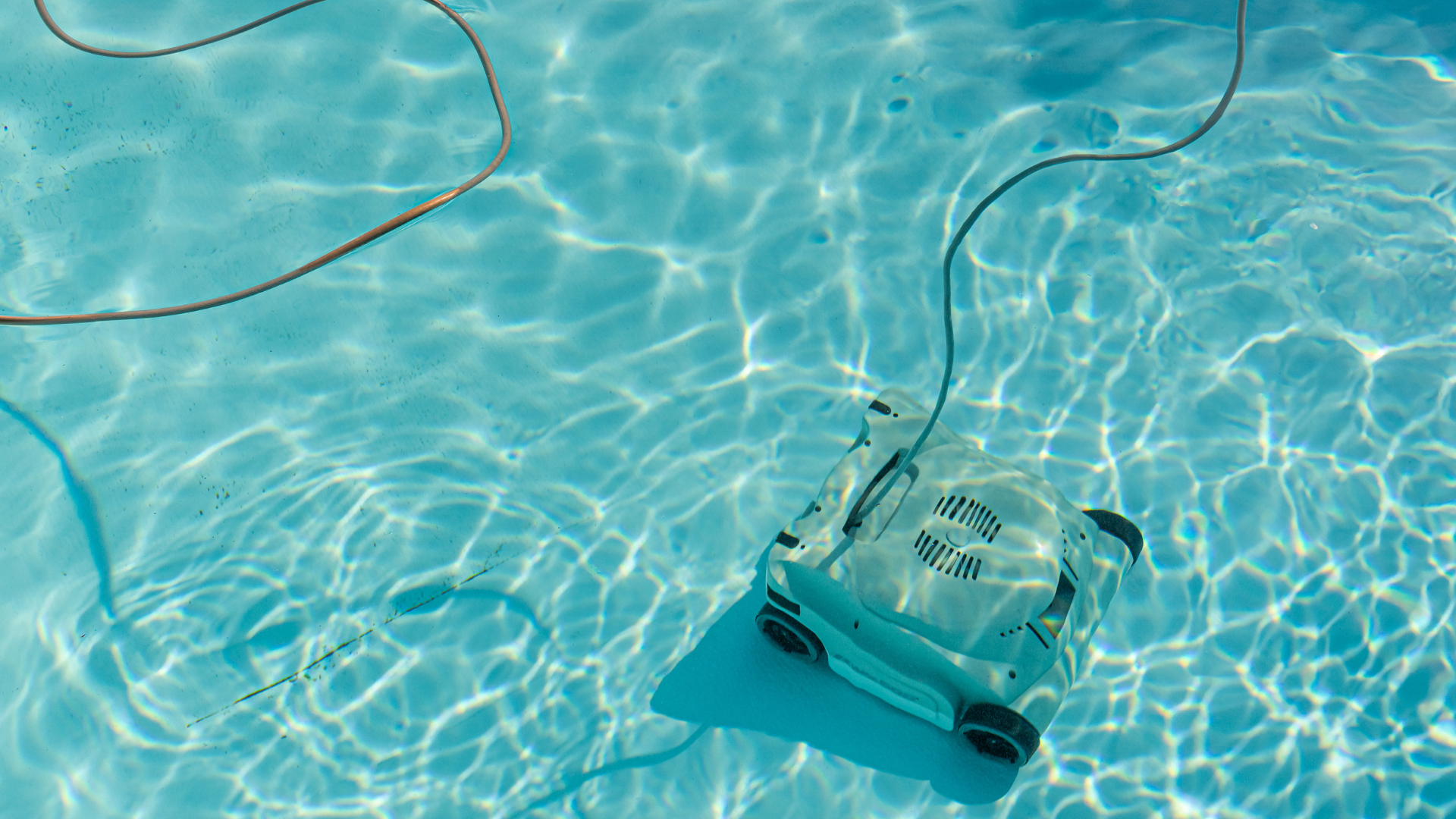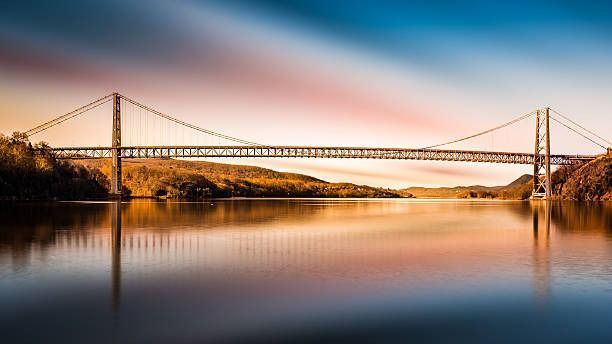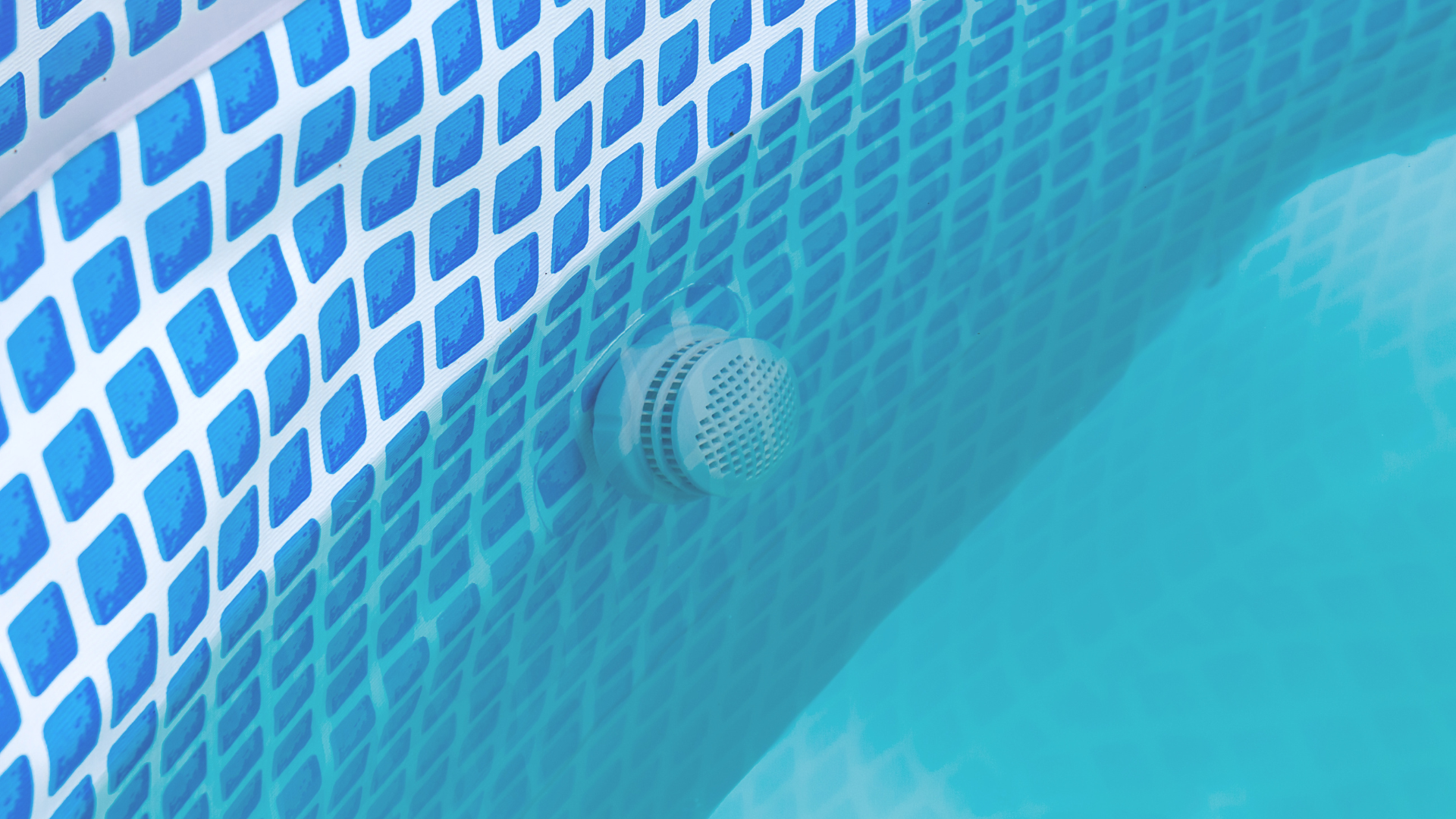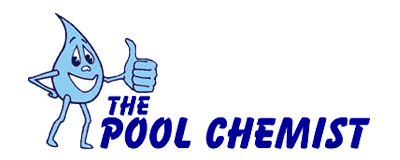When Your Pool Looks Clean But Isn’t: Hidden Chemistry Problems
Clear Water, Hidden Problems
A sparkling pool may look like a picture of health, but appearances can be deceiving. Just because the water is clear doesn’t mean it’s safe, balanced, or functioning as it should. At The Pool Chemist, we’ve seen it all—pools that look pristine on the surface but hide chemical imbalances that can lead to cloudy water, damaged equipment, and even health risks. Understanding what’s beneath the surface is key to maintaining a truly healthy pool.
The Myth of Clear Water
Many pool owners rely on visual cues alone to assess their pool’s condition. If the water is blue and you can see the bottom, everything must be fine—right? Not necessarily. Clear water can still harbor chemical imbalances that aren’t immediately visible. In fact, the most problematic pools are often the ones that look “okay” but haven’t had their chemistry professionally tested in weeks, or even months.
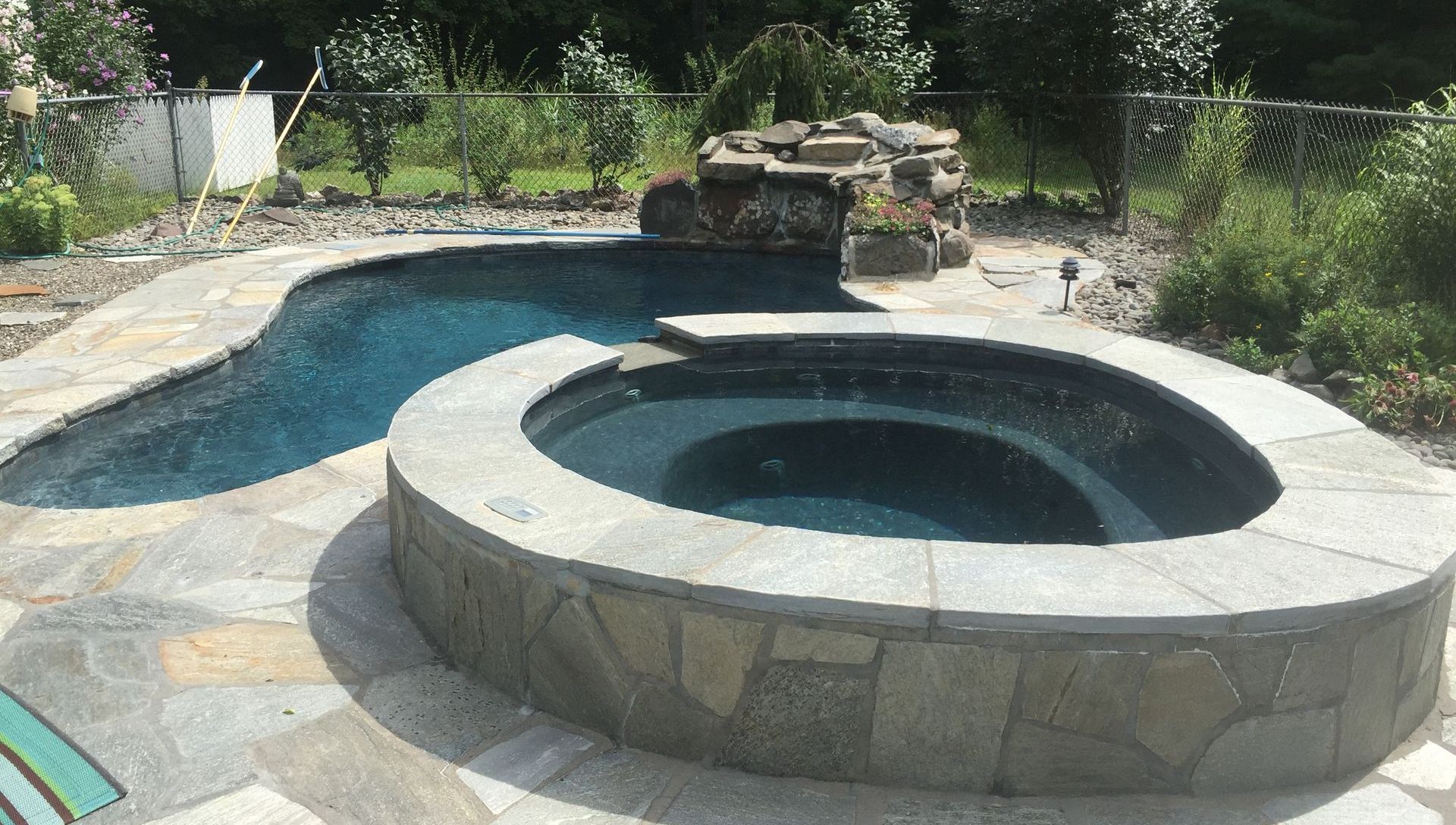
Hidden Imbalances That Cause Trouble
1. High Cyanuric Acid (CYA)
CYA is commonly known as a chlorine stabilizer. While it helps chlorine last longer under the sun, too much of it can actually block chlorine from doing its job. This can lead to algae growth and bacteria—despite the water appearing clear for a time. High CYA levels are one of the most common hidden issues we encounter, especially in pools where pucks or tablets are overused.
2. Unbalanced pH and Alkalinity
Even if your water looks good, imbalanced pH and alkalinity can cause real problems.
Low pH can corrode pool surfaces and equipment, while high pH can lead to scale buildup and cloudy water down the line. These changes happen gradually, and most pool owners won’t notice until there’s visible damage.
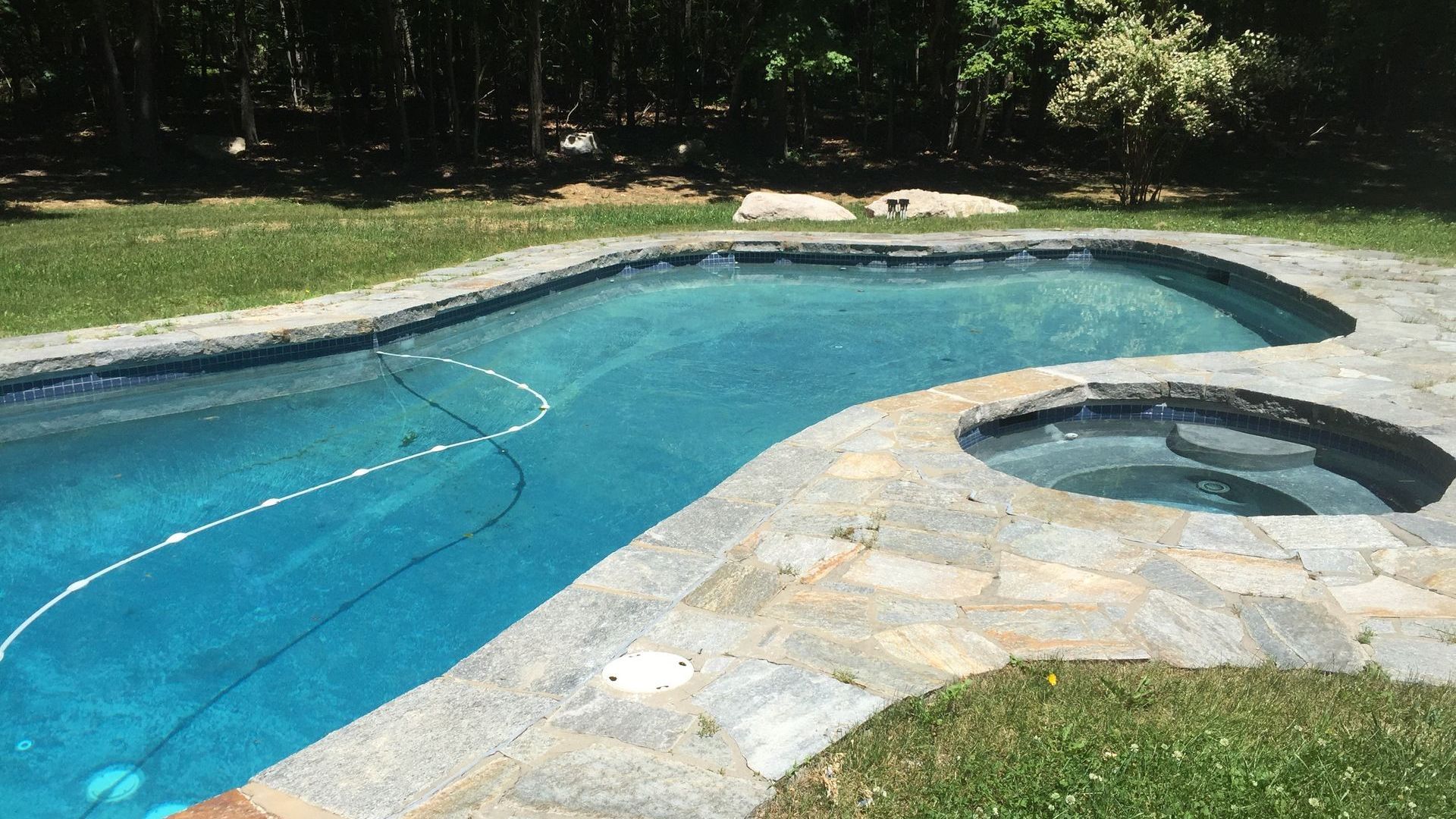
3. Chlorine That’s There, But Not Working
We often find pools that technically have enough chlorine—according to a test strip—but still test positive for contaminants. This is usually due to something called “chlorine lock,” where chlorine binds with other compounds and becomes inactive. The result: a pool that looks clean but can’t kill off harmful bacteria.
4. Metals and Minerals
Calcium hardness and the presence of metals like copper or iron won’t always affect the look of your pool at first. But over time, they can lead to staining on pool surfaces and scaling inside pipes and filters. In extreme cases, they can even reduce the life of your pool equipment.

Why Regular Testing Isn’t Optional
Relying on store-bought strips or occasional testing doesn’t cut it if you want to protect your investment. Those quick-dip tests are often inaccurate and don’t provide the depth of information a professional analysis does. At The Pool Chemist, we use advanced testing and years of experience to interpret the full picture of your pool’s chemistry—not just chlorine and pH.
We also know how to spot slow-developing issues, like creeping calcium hardness or residual organic load, that could cost hundreds in repairs if left unchecked. These are the types of problems that hide beneath the surface, in pools that seem “just fine.”
A Preventive Approach
We believe prevention is always more cost-effective than repair. That’s why our service isn’t just about reacting to problems—it’s about preventing them. Our regular pool care includes full-spectrum chemical testing, adjustments tailored to your pool’s specific needs, and proactive maintenance to ensure nothing slips through the cracks.
So even if your pool looks great today, ask yourself: when was the last time a professional really looked at what’s happening in your water? A clear pool isn’t always a clean pool—but with expert help, it can be both.

